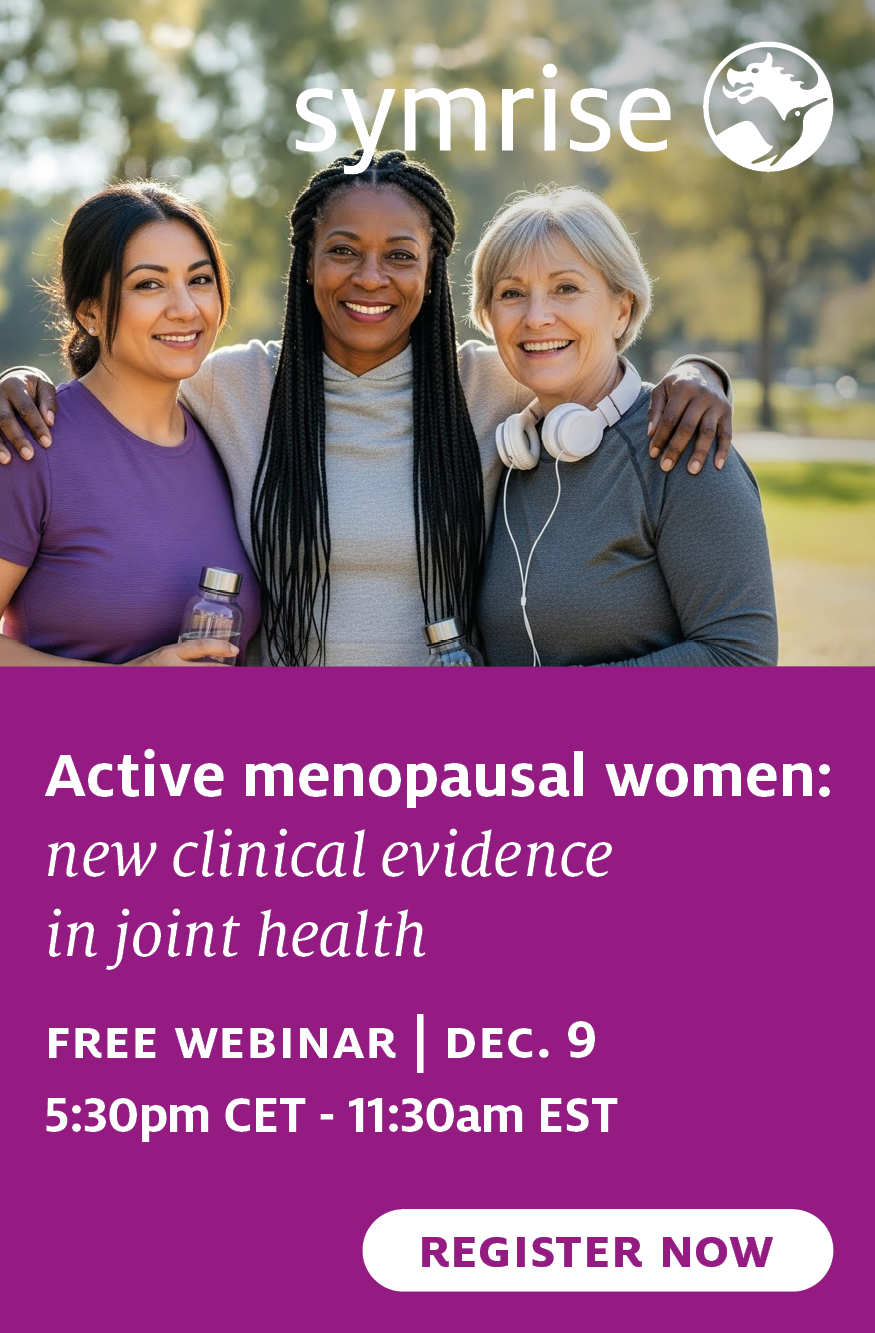Guidelines on healing diabetic foot ulcers emphasize personalized nutrition

14 Feb 2022 --- Personalized nutrition can go a long way in helping individuals living with diabetic foot ulcers (DFUs) heal and prevent malnutrition, according to new guidelines published in the US.
“The future in this area is really bright, as guidelines like this can move the needle in helping to ultimately hyper-personalize a nutrition plan for everyone,” Dr. David Armstrong, co-author of the guidance, founding president of the American Limb Preservation Society and professor of surgery at the University of Southern California, tells NutritionInsight.
Developed by a team of medical professionals including a podiatrist, dietician and surgeons, the Nutrition Interventions in Adults with Diabetic Foot Ulcers are endorsed by the American Limb Preservation Society. The printing and distribution was supported by Abbott.

The guidelines bring the importance of nutrition front and center, recommending health care providers who work with diabetic patients to assess the risk of malnutrition and developing DFUs. With the information on hand, doctors should help patients implement an individualized nutrition care plan, he adds.  Educating patients with DFUs about the best dietary sources of essential nutrients involved in wound healing can lead to improved outcomes.
Educating patients with DFUs about the best dietary sources of essential nutrients involved in wound healing can lead to improved outcomes.
Nutrition “fundamental” to healing
Highlighting the importance of nutrition interventions, the guidelines indicate that DFUs will develop in up to 34% of patients with diabetes at some point in their lives. Of those, approximately 15-25% will require an amputation.
Moderate or severe malnutrition has been identified in over half of patients with DFU, and malnutrition in DFU is correlated with increased lower extremity amputation, Armstrong highlights.
“Developing and implementing a personalized nutrition care plan and catering to a patient’s caloric, protein, hydration, micronutrient status and need for diet modifications will ensure patient nutrition is optimized and meet all essential needs for wound healing.”
“The guidance reinforces nutrition therapy, which is an often-overlooked part of wound care that can help provide patients with early and aggressive intervention,” he adds.
The guidelines outline there is no internationally agreed-upon standardized definition of malnutrition. However, most diabetic patients are overweight or obese, which by definition is malnutrition. Many patients are sarcopenic, and older adults should be considered malnourished until proven otherwise, the guidelines add.
Personalized plans shape the future
A proper diet is essential for tissue building for all stages of wound healing, but sometimes the standard diet is not enough, Armstrong notes.
“An individualized nutrition care plan may include oral nutritional supplements and regular check-ins to ensure that their nutrition levels are where they should be. Therapeutic nutrition powders, such as Juven, are among the most commonly used supplements and may be recommended by doctors. Oral nutritional supplements come in a variety of formats and flavors.”Vitamin D aids in reduction of inflammation as well as cell growth modulation.
In 2020, Abbott rolled out Juven, across CVS stores in the US, aiming to provide targeted nutrition therapy to support wound healing in people without adequate nutrition, such as those with DFUs.
Essentials for healing
A key takeaway from the guidelines is the recommendation that individuals exercise, if possible, especially if their BMI is higher than 30. In a bid to ensure healing, individuals need to remain hydrated, have sufficient calories, macronutrients and protein intake to provide amino acids for optimized wound healing.
Amino acids are beneficial to the diet, as they build and repair muscle, skin tissues, hormones and enzymes. They also help regulate fluid balance and promote positive nitrogen balance, the guidelines note. Carbohydrates and fats can help support inflammatory responses, cellular activity, angiogenesis and collagen deposition.
Patients are also advised to have a 25 g intake of fiber per 2,000 calories consumed. Consumers across the globe are still struggling to meet daily fiber recommended targets, leading companies to fortify products with added fiber.
Important fats that should be considered are EPA, which has been spotlighted for immunity and cell membrane integrity along with DHA. The omega 3s can impact body muscle mass and strength, aiding elderly patients with sarcopenia.
Key vitamins highlighted include vitamin C for its role in tissue repair, as well as zinc for cell replication and growth.
By Andria Kades














